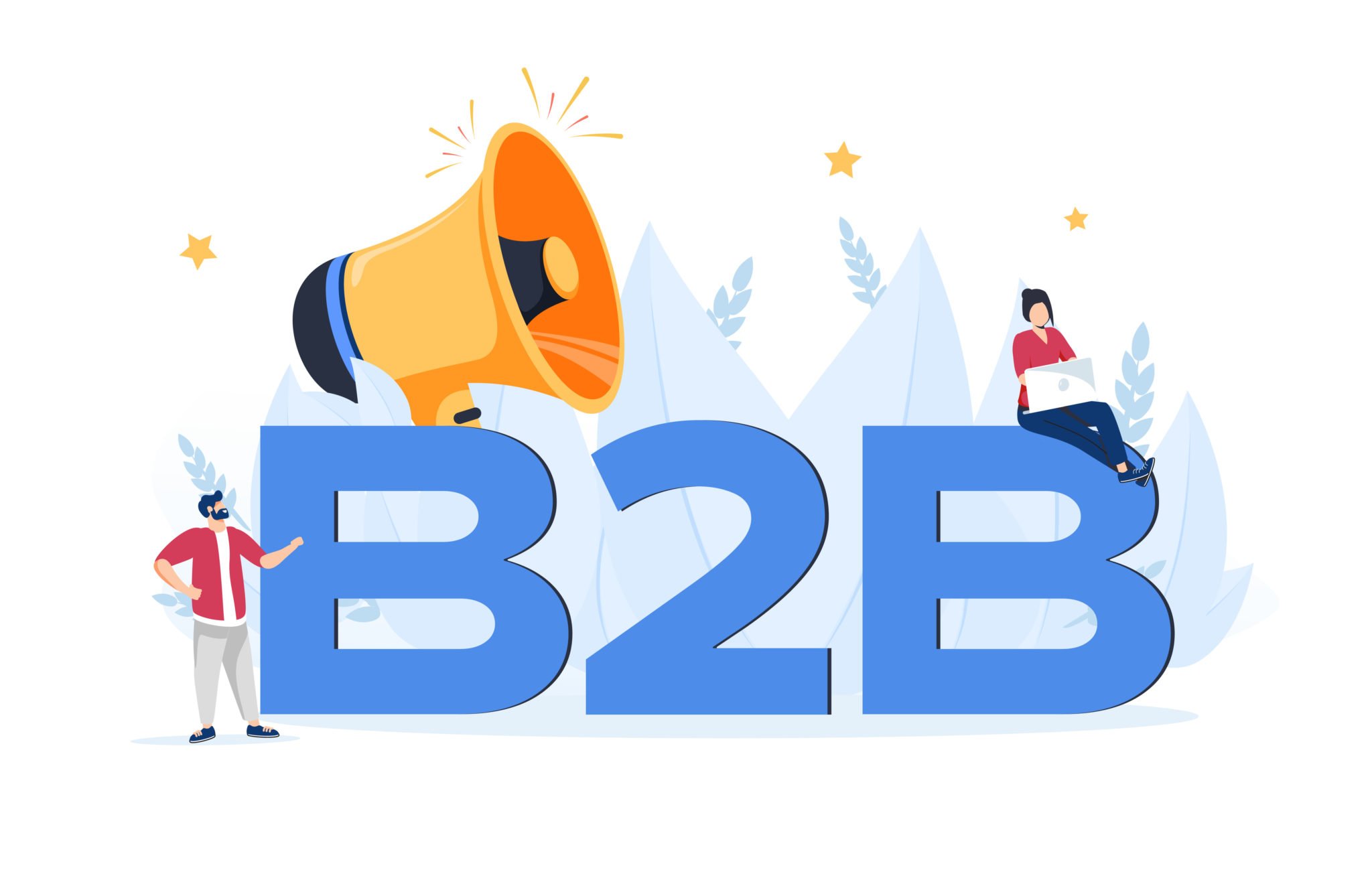
New B2B campaign, but please make it a success - what you should consider before launching your digital omnichannel campaign

Implementing successful digital omnichannel campaigns in the B2B environment often poses major challenges for many marketing managers even before the actual implementation. Not knowing who exactly is to be reached with the campaign or which digital channels can be used to reach them are just two of them. Read this article to find out which tips and tricks will make your B2B campaign a success and what you should definitely pay attention to if you want to reach B2B decision-makers - including a practical overview of the distinguishing features compared to B2C decision-makers.
In addition to the significantly longer sales cycles, the implementation of promising digital campaigns in the B2B environment requires a deep understanding of the target group(s). This can be illustrated using a simple example: A fashionable T-shirt is bought quickly. Either you like it or you don't. Purchase decisions in B2C are also generally made more quickly in terms of price sensitivity than with complex and expensive solutions in the B2B environment. This is because, unlike in the end customer market, a successful marketing strategy here is primarily based on an understanding of the entire buying center.
In contrast to B2C marketing strategies, companies do not try to reach a single person with purchasing power. Instead, their solutions address an entire team of stakeholders and company managers, all of whom play a relevant role in the decision-making process.

If, for example, a new machine is to be purchased for production, the user of the machine is involved in the first stage. In addition, senior members of the department, the purchasing department and, in the final instance for large purchases, members of the management are often also involved.
In business-critical and large company cases, there are also external consultants who accompany the entire purchasing decision process and have a say. This is often the case with IT projects in particular.
The question that many marketers and campaign managers in the B2B environment ask or have to ask themselves right from the start: Who do we actually want to reach with our campaign and which digital channels are the right choice here?
Good preparation is half the battle
It makes sense to coordinate these questions with the sales employees:
- Who is typically involved in the purchasing decision process?
- What might a classic buyer persona look like and which channels is my target group using?
- In which phase of the sales funnel is my target group?
- What challenges does my target group face?
- What are the USPs of your solution and how do you differentiate yourself from the competition?
Answers to all these questions need to be found as early as the campaign design stage. This is the only way to ensure that your digital campaign reaches those who are relevant to you with as little wastage as possible.
B2B buyer personas are not the same as B2C buyer personas

The biggest distinguishing feature may sound very banal at first glance: Who is the product being sold to? But what does that mean in detail?
B2B buyer personas pursue different goals than B2C buyer personas. They want to know how their company can benefit from the solution on offer and are interested in efficiency and expertise from trustworthy sources.
B2B buyer personas therefore behave differently in the purchasing decision process than a B2C customer would with a fast-moving consumer good. The purchasing decisions they make are always long-term - such as long-term solutions or partnerships. For this reason, they want to be well informed. The more content and information, the better.
B2B buyer personas suddenly have the patience to engage with more detailed content, which B2C buyer personas often lack. Articles, case studies, white papers and the like provide the necessary detailed information for B2B decision-makers hungry for knowledge. No wonder that almost half of B2B marketers are planning to publish more case studies in 2022.
B2C buyer personas often make their decision for emotional reasons. With the B2B buyer persona, on the other hand, almost everything is based on logic and weighing up costs and benefits. However, this doesn't mean that the latter can't also be reached via emotions - quite the opposite. They also try to solve problems that present them with concrete challenges.
It is not uncommon for emotions to come to the fore here too. What marketers need to find out are the specific pain points of their target group or target groups. In concrete terms, this means: what gets on their nerves, which problems can the target group best understand themselves - and how does your solution come into play?
In summary, we can make the following distinctions:

You now know what preliminary considerations need to be made before you launch a digital campaign.
Find out in the next article what you should pay attention to in order to successfully implement your campaign.



